At its inception, photography aimed to bring a unique image to bear. Yet, as the medium evolved, it started to work more towards emulating portrait painting; a method that had existed for centuries prior. While artists like Jabez E. Mayall added their own style to the portraits, they still leaned heavily on the teachings and methods of portrait painting. It wasn’t until nearly a century later that photography as a form of expression started to turn around, with artists aiming to use its unique traits to deliver art only it could produce.
In turn, film emulated photography until movies made by individuals such as Gregg Toland and Andrei Tarkovsky pushed the medium towards exploiting its unique features. Over the decades since the same has happened with animation, comicstrips; and now gaming.
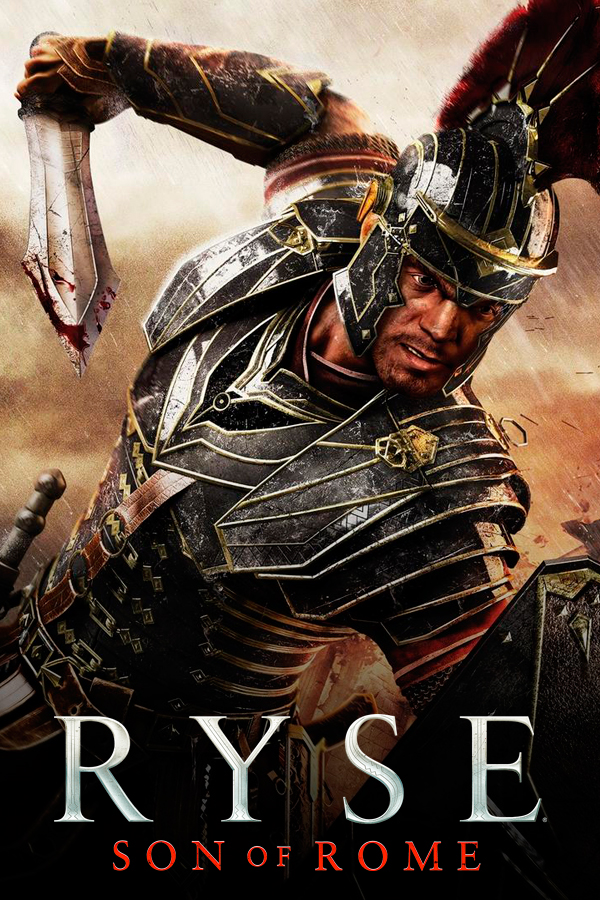
A medium finds its ground, then slowly tries to emulate what came before, before settling on what it does best. Video games quite quickly found their ground, with arcade and early console titles like Space Invaders and Pac-Man, before trying to emulate existing board-games. Afterwhich games like Super Mario Bros. and Metroid pushed it further into a unique territory only videogames could offer, with the artform only experimenting further from there.
During the seventh console-generation however, video games saw a shift towards a more cinematic presentation. After games like Metal Gear Solid and Half Life popularized filmic elements, games like Uncharted, Heavy Rain or more hybrid games like Mass Effect pushed it further. From more scripted, but visually interesting, setpieces, to an intertwined narrative where gameplay was at best secondary. It seemed that gaming was, in an attempt to push itself further, again starting to emulate another medium.
These types of games often give the initial impression that they are just that: cinema with sprinkles of gameplay in it. Often lauded (be it correctly or incorrectly) as games that you can just “play on Youtube”; titles users feel don’t have enough gameplay in between cutscenes or are too scripted in their gameplay to be enjoyed. Games like Metal Gear Solid, The Last of Us, Death Stranding, The Order 1886, God of War, A Way Out and Observer – just to name a few current day popular examples. Most of them sport real life actors instead of originally designed characters and feature a bigger focus on narrative and plenty of cutscenes.
Ryse: Son of Rome, initially revealed to show off the power of the Xbox One and Cryengine, seemed to be such a title. With protagonist Marius being played by actor John Hopkins instead of being a wholly original character design. Marketing material consisted of a live-action movie and the first gameplay footage was filled with story interruptions to gameplay, mid-combat quick-time events and more. People were quick to give it a similar label as the aforementioned games and moved on.
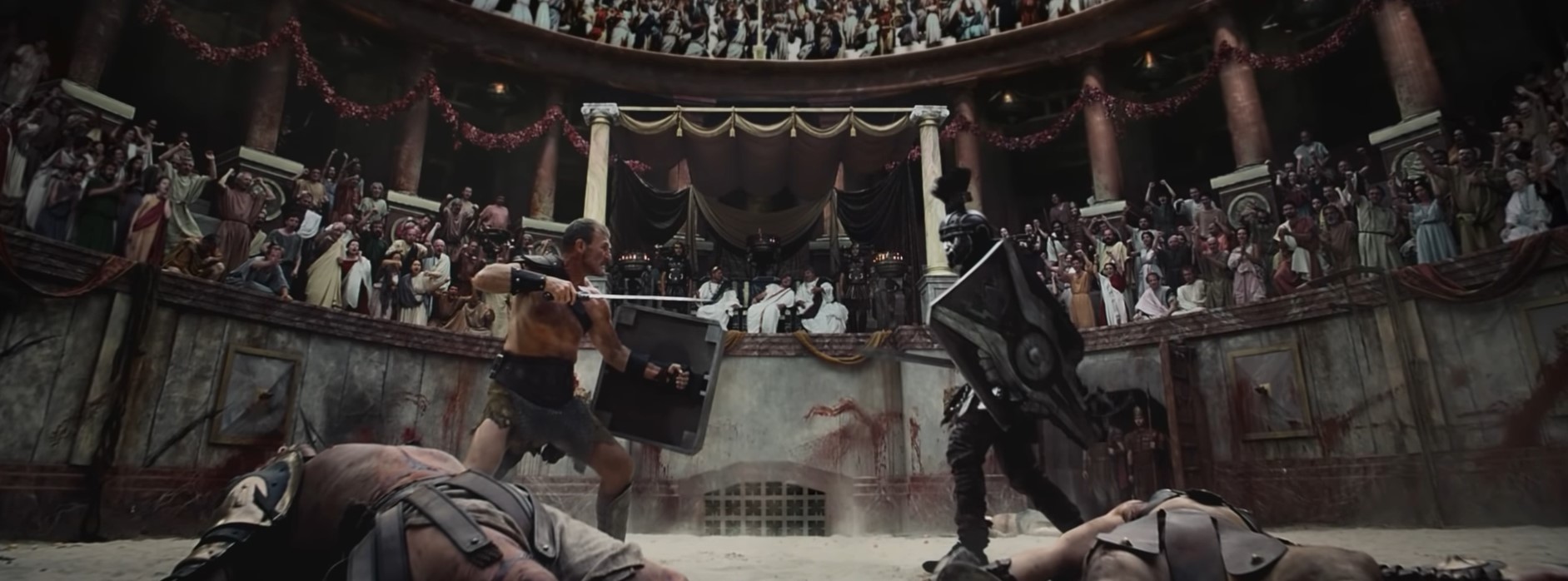
As mentioned, this label is sometimes correct, but often also incorrect. While outwardly cinematic, titles like Metal Gear Solid, Death Stranding, the classic God of War games and others all offer deep and unique gameplay. Perhaps, when analyzed, Ryse could offer a similar surprise?
After launching to mediocre receptions, both critically and commercially, one quickly starts to doubt that such a surprise is going to happen, and one could look to numerous reasons for such lackluster results. Launching exclusively on the Xbox One, a console with a dubious reputation at the time, did not help. The rising stigma against story based games, with titles like The Order 1886 and even popular titles like Uncharted 4 opening to less than anticipated results could be another reason. Or was it perhaps the underused Roman setting that failed to attract players?
Set during the Julio-Claudian dynasty of the Roman Empire, Ryse: Son of Rome sees us controlling Centurion Marius Titus. After a short and skippable introductory cutscene, gameplay starts with Marius rushing to Emperor Nero who is under siege by barbarians from the north.
Combat has Marius fighting off numerous enemies at once with a four-option system. Marius can Parry, Dodge, Attack and Stun; each with a dedicated button and specific usage.
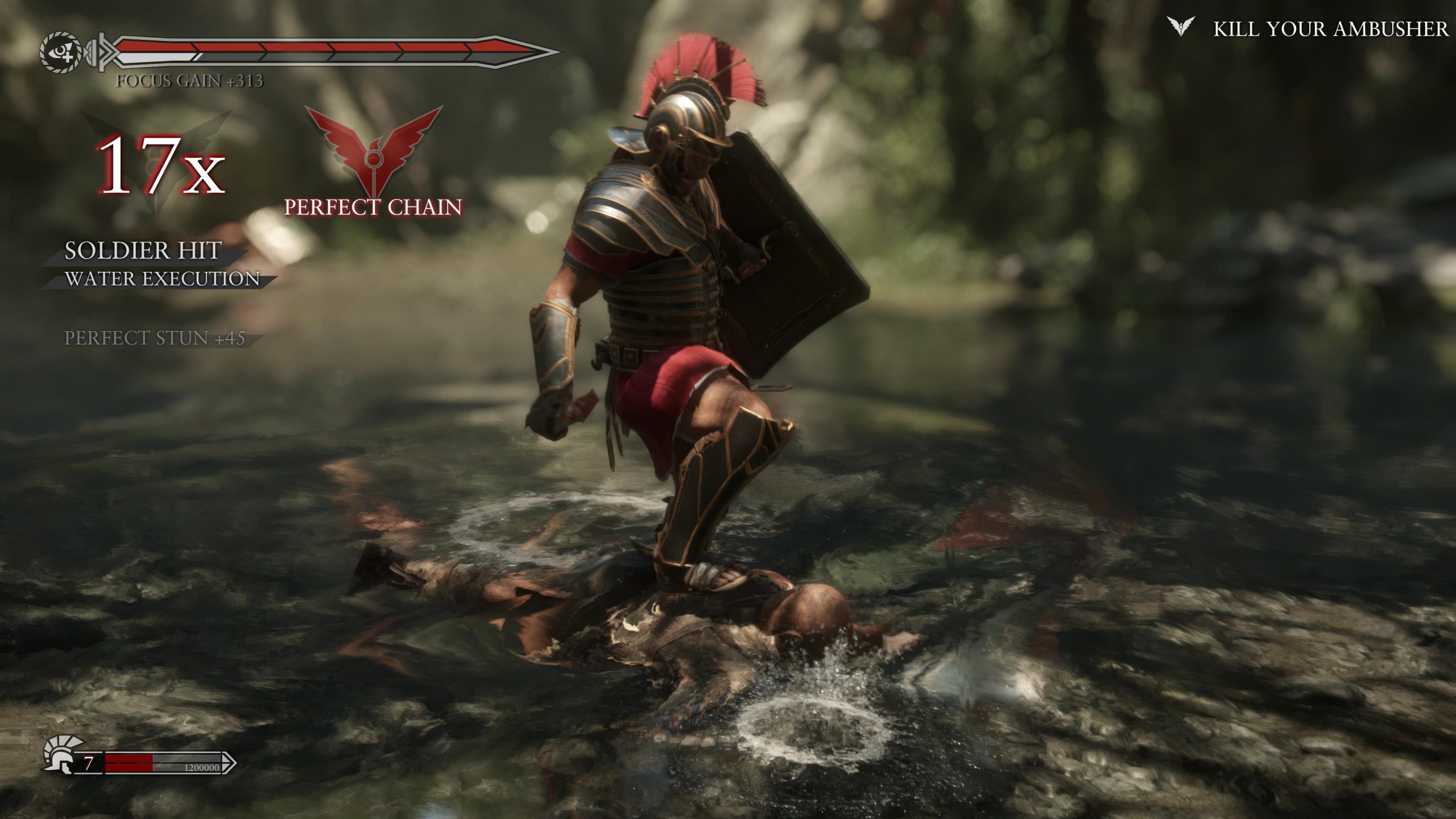
Attacking is the most basic step you can take. If the attack hits, you attack again. When they dodge your strike, you proceed to Stun them with a slam of your shield so you can Attack them. If an enemy attacks you, you use the Parry. If the attack is red in color, you Dodge.
Due to being so clear in its rules and with very lenient inputs and ranges on Marius’s attacks, the combat very quickly becomes less about positioning or strategy but more about a type of rhythm you get into. Akin to a Dance Dance Revolution game, with the buttons on the pad instead visualized by what the enemies are doing; it can be quite hypnotic and addictive to play as a result.
Though lenient, timing does play into the game as well. While Parry has a very lenient input, its precision determines its potency. Time it without a care in the world and Marius will just block the strike. Time it perfectly however and he’ll deflect the blow to stagger the opponent; opening them up for an attack. Likewise a perfectly timed parry can at least block an unparryable blow. This timing translates to Attacks as well, with perfectly timed inputs in a row putting Marius in “Burning Eagle Mode”, which boosts your damage output.
At the end of each fight you’ll see your total score based on how well you kept your combo up, which is collated and transferred to experience points and can be used to buy very minor upgrades like extra health or the ability to hold more Pilums.
Historically, Pilums are a type of javelin that Marius can throw in combat. Shield-carrying foes lose their defensive options immediately, their shield shattered, while regular enemies suffer massive damage, immediately putting them in an execution state.

Executions are short cinematics wherein Marius kills the foe in a brutal way, with numerous button pressed intermixed. Failing these inputs does nothing except lowering your score and there’s a nice rhythm and satisfaction to memorizing these inputs for a higher score between the different executions that are dependent on location, situation and positioning.
In a fun twist, you can choose what your reward will be for these executions with Execution Rewards. This is a type of fighting stances where you can choose rewards such as Executions restoring health, giving you extra experience points or perhaps give you a boost to damage or Focus. Focus is a very by the numbers ability that can be activated at any time, during which enemies stand still and you’re allowed to wail away to make certain fights easier.
The flow of combat remains at the center though, and it’s pressed further by its lack of randomization. Regular enemies will always auto-dodge after being hit two times in a row, forcing you to switch targets or use your shield slam. A charged attack always counts as three hits in terms of damage and an enemy always goes in an executable state after 6 hits on Normal and 8 on Legendary difficulty.
By slowly learning these numbers the flow of Ryse gets more and more clear and later fights against hordes of different enemy types becomes this dance of timing, resource management and risk assessment where you aim for that sweet “Perfect combo” and “Untouchable” bonus at the end.
Oftentimes during these fights you’ll make very minor decisions that keep them interesting. Do you throw a Pilum now to quickly clear some chaff, or save them for that shield-wielding barbarian? As you see a strike coming your way, do you go for a parry or switch targets to a faraway enemy – using Marius’s mobility to avoid the strike instead? Or do you attack, hoping to strike before your foe’s blow lands true?
All these elements are a case of the player actively seeking out enjoyment however. Outside of the optional Legendary Difficulty, which boosts enemy aggression and damage output, the game doesn’t offer a reason to really dive into its combat flow. And while pressing some buttons can still offer a neat visual experience, it could very well be the reason so many players dropped it. They expected nothing to begin with and thus didn’t actively seek for what could be there.

When players do seek it out though, Ryse: Son of Rome can be a very enjoyable action game to play despite some grievances. Because of its DDR nature, you start as you end: with just your shield and gladius and a pilum as support. There are no other weapon types that influence enemies in different ways, such a longer ranged weapon or options to sweep, launch or knockdown enemies – making it more about the dance you do with the enemies than how you change their states like in titles like Resident Evil 4 or something as mechanical as Metal Gear Solid 2. Pair this with a very low amount of enemy variation, with perhaps only four enemy types in the entire game, and Ryse can be quite monotonous in long sittings with each fight sort of blending together in one big blur.
Fights do offer some variation on replays, with some allowing you to choose where to place archers for example, which determine how a fight plays out. Maybe you’ll fight the horde of foes alone, but there are no arrows raining from the sky to avoid. Or there are arrows but you have soldiers helping you out. Other sections might see you hide behind a shield-wall or mount a ballista to break the minutia.
Despite its obvious shortcomings, Ryse’s combat system does succeed in its initial premise; to offer a stylized, visually pleasing combat system that still has depth and nuance to it for those that seek it out. Ryse attempts to offer its own take on the cinematic adventure with no slow walking sections, no scripted fight sequences, no shoved in RPG-systems to give a false sense of depth: just a pure game with a high production value.
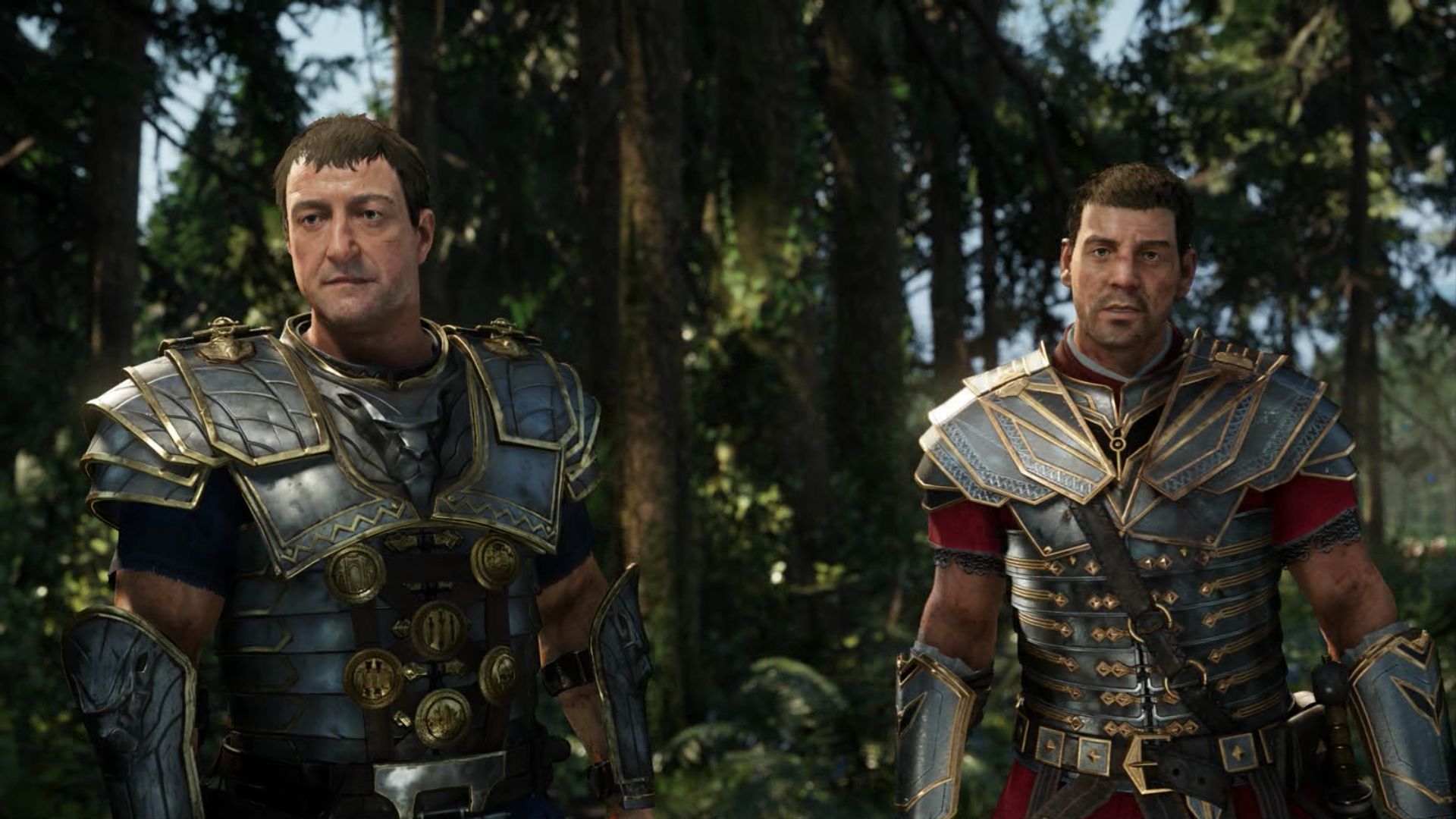
A mention should be made to that last element, as Ryse: Son of Rome looks quite the part. Artistically it tries to blend the Roman artstyle with a bit more futuristic and an almost alien cleanliness, making the classical Rome feel like a civilization from the future – which in some aspects it was. The game also doesn’t limit the scope to just those areas, instead aiming for a lot of visual variety in its levels, ranging from roman cityscapes to jungles, beaches and the colosseum itself. Probably as a result of it also being sort of meant as a showcase of what the new CryEngine was capable of.
In total we’re left with a game that, both technically and artistically, looks more like a title from 2022 than one that was released alongside Bioshock Infinite or Dragon Age: Inquisition in 2013.
Pair this with a pumping soundtrack, collectibles ranging from unlockable concept art to a full-on unlockable comic book and – yes – a fully coloured (digital only) instruction manual, and you’ve got quite the package. Add in a co-op horde mode with unlockable armor sets and more, and Ryse seems like a game that keeps on giving.
Compared to where games have gone since and seem to be going in terms of balancing gameplay and narrative, Ryse stands alone as a niche little title in offering high budget, visually engaging gameplay with a lot of extra content, where the story is a pillar, not the foundation. Had things gone differently, perhaps it could have shined brighter and inspired others to follow suit.
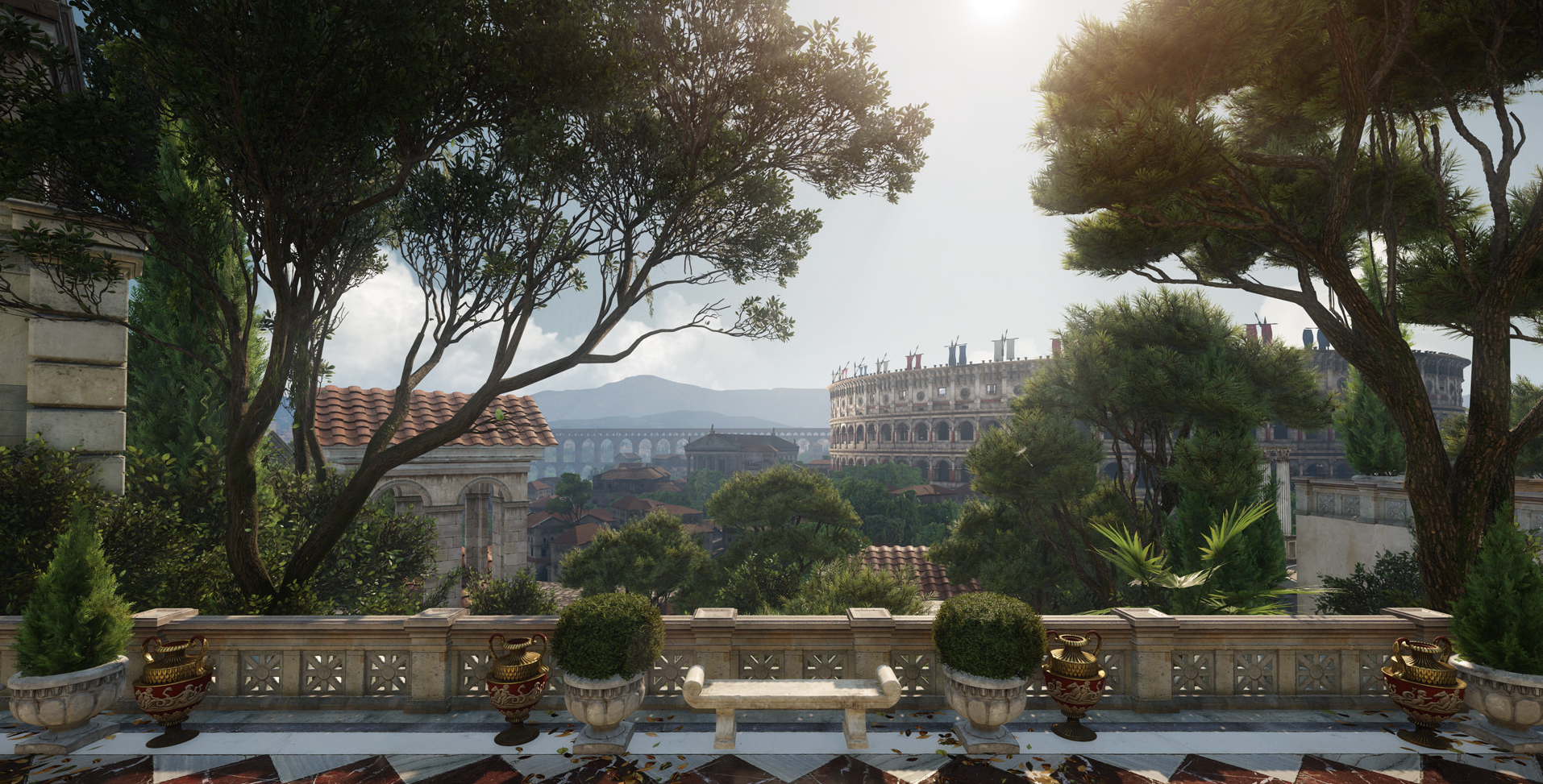
鑒 reflection style 鑒
In this short section I reflect on the article from my own viewpoints as a gamer and lover of the genre instead of a critic.
Ryse: Son of Rome was the game that sold me on GamePass. As a game, I never would’ve spent my money on a title that everyone was calling out for being so cinematic and bereft of gameplay. Yet, being part of the subscription and knowing Youtuber Bick Benedict loved it so much, I gave it a chance and found a lot more to enjoy than I originally assumed possible.
It shames me to say that often I also fall victim to the online word of mouth, and avoid titles I could very well have enjoyed. This kind of thinking led me to avoid games like Halo and Yakuza for years on end, only to find myself falling in love with their series for completely different reasons than some others might.
Those games, sadly, had a fanbase, while Ryse does not. While a sequel was planned, it was canceled and we’ll probably never see this series return. And to me, that’s a big shame as Ryse really nails that balance between a cinematic experience and just being a game. Combat is simple but fun, has depth, yet still looks enjoyable for the layman. The story is enjoyable, but can be skipped upon replays and isn’t intrusive with unskippable walking segments or other such moments. A lot of games could learn from Ryse.
斬 postscript notes 斬
- Special thanks to the Ultimate Ninja Patrons: Hedfone

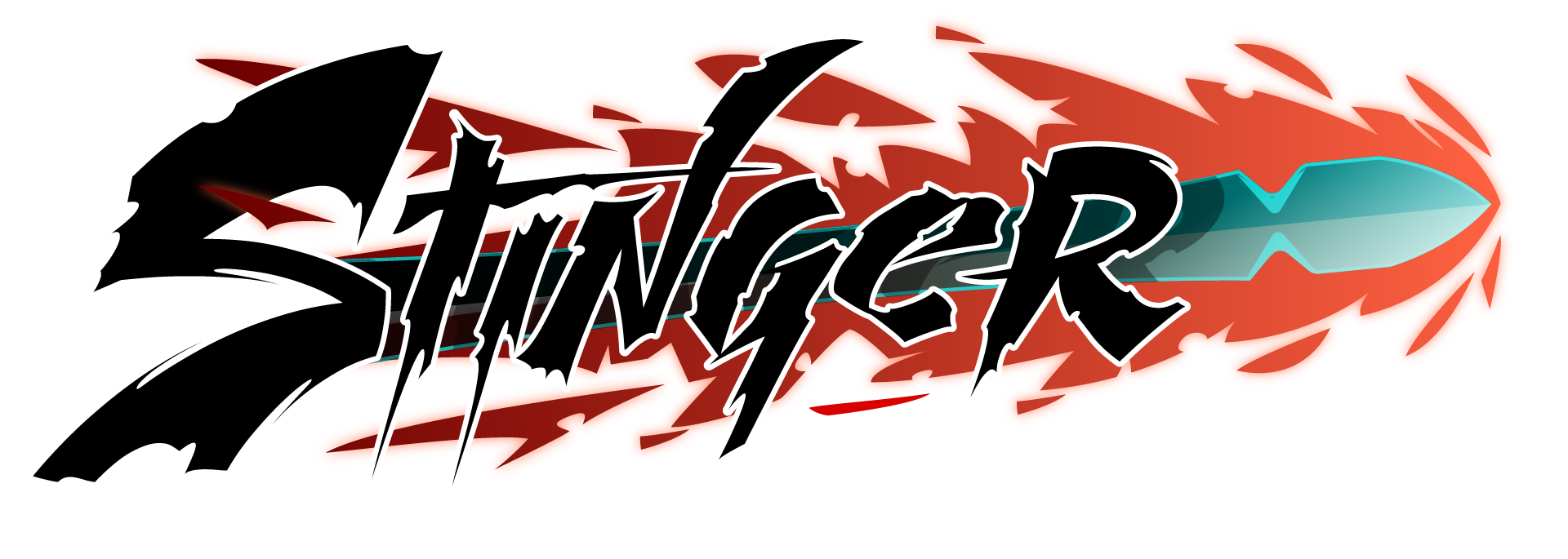
When it comes to online word of mouth, well, I often get worried when I see that the big outlets like a game. I’m almost 100% suspicious of anything super popular with a devoted following, like The Witcher III, for example. In fact, I think it was that game which was the final straw, which forever imbued me with an intense distrust for these online bandwagons. I like the game and all, but really only for its atmosphere. As a game, it is abysmal in proportion to the hype. And, reviewers seem to complain about anything that’s too gamey, so usually I take it as a good sign when I see them complaining, and have had much more consistent results with my game purchases.
The current zeitgeist is very much in favour of taking the axe to most things that makes games, games. As somebody who really loves games and accepts them as they are, there are very few people I can trust, in this environment. The other issue I’ve found is that people seem to be very happy recommending games which are full of mounds upon mounds of threadbare, trivial content. These people clearly play games to switch off, but nothing they say would give you that impression, and nor do they indicate in anyway how trivial the content is in these games. You only find all of this out once you’ve trusted their recommendations, haha. That’s not to judge anyone, mind you. But, I don’t play for the same reasons as they do, so we are incompatible.
Or, this one’s a classic, which I’d experienced repeatedly before giving up on internet word of mouth: you clearly state that you’re looking for something with good gameplay, they then give you a recommendation and when you play it, you find that there’s only 30 minutes of gameplay in the whole game, or that the gameplay segments are so spread out and unimportant that they clearly only exist to tick a checkbox. There’s a huge audience who plays games for every reason except the game itself. Because of this, I’ve found that it’s very risky to believe most people when they’re talking about how great a game is. It’s really messed up that you have these evangelists who run around talking about the glory of this 100 hour game with 90 trivial hours to waste your time and all because they enjoyed a few of the cutscenes, lol. I’m done listening to these people 🙂
I think it’s more a matter of the person and the reviewer going out of synch. You, obviously (like me) aren’t the target audience for reviewers anymore. It’s the next generation, and games like W3 appeal way more to them due to what they’re used to. I once had a pretty good talk with a friend of mine who only really played cinematic games, and when he asked me why I disliked it so much, I asked him “how much do you actually DO in those games”, later-on he noted that this got him thinking and the answer was “not a lot haha”.
It’s a hard balance though, honestly. You can try and only follow reviewers that you align with, but this could also put yourself in a bubble. I never would’ve tried Death Stranding had I listened to the reviewers and people in my ‘bubble’ so to speak. Which would’ve led me to miss out on one of my all time favourite games.
Who do you follow these days?
There aren’t that many individuals that I listen to, but you are one of them. I more look for what the community and the critics are saying as a whole, it’s just that I don’t take them at their word. I also look at gameplay and see how people are playing, as I’ve gotten very good at determining which mindset any given game encourages. Generally, what I’m looking for is presence. Or, in other words, I’m looking for something that you actually have to follow, which cannot be autopiloted. That’s really the minimum requirement to get me in to any game, since I find the alternative to be almost physically painful, without exaggerating.
Hey Swinny!
My biggest worry (and also reason for making this site originally) was that reviews talk more in personal conclusions than argumentation that gives you a conclusion to make yourself. Anyone can say “this game is bad, don’t play it”, but I’d rather have them talk about facts with a personal note near the end i.e “the game is long, has a ton of grinding and unskippable cutscenes – I personally didn’t like it”. That’s still a bit too basic i.e. why is there a ton of grinding? I’ve recently been playing Kingdom Hearts and most of the advice I see online when I got stuck was “just grind” or “just get that super spell” instead of becoming a better player.
But at least with some more facts you can make your own decision more informed. Because originally that’s what a review is supposed to do right? You want to spend some money, and want to see if this game is worth your $$$ and time. Recently I feel reviews are more for people that bought a game and want validation for buying it instead.
“ the game is long, has a ton of grinding and unskippable cutscenes – I personally didn’t like it”. That’s still a bit too basic i.e. why is there a ton of grinding?”
Very good point, but again, that takes a certain level of awareness. Any pro critic/reviewer should have that, IMO, but almost none of them do. It’s perhaps comparable to reading comprehension, and you wouldn’t review books if you were lacking in this area, right? Almost all of them are overlooking the present moment(which is bad for anyone that loves the gameplay because gameplay is always NOW), perhaps in favour of unlocking trophies, getting to that next cutscene or objective marker etc… they’re always focused on something in the future, but rarely on what is actually happening. That’s what I’ve noticed, anyway. This is so widespread that it’s difficult to find people you can trust.
“ Recently I feel reviews are more for people that bought a game and want validation for buying it instead”. Exactly!
I mean, anyone can say the gameplay is good and mislead folks like myself. But then when you look at their gameplay and find that they are only dimly aware of what they are doing, you know that person isn’t really paying enough attention to give you a trustworthy take on the gameplay. And it isn’t their fault, either. Most games are designed to put you in to a very dim state, and that’s what most are used to. It’s sad, and it means that there are land mines all over the place whenever I’m considering buying a game.
It’s funny in retrospect, this game doesn’t seem to be that far off from cinematic games like Dad of War, yet Dad of war was endlessly praised and this game wasn’t.
Have you ever played the Capcom PS2 exclusive Shadow of Rome? I’ve always thought Ryse should of been more like it. The way I see it, Shadow of Rome is the best gladiator game ever made, and a one of a kind game to this day that deserves more attention.
I have it and have played it, I really, really loved the combat system but the constant stealth-missions really put a damper on the experience for me to the point that I dropped it for something else that was on my list at the time. Do you know if it has any ‘pure combat’ modes to unlock later-on? I might struggle through the campaign at some point to get to that if it has it.
Sorry for the late reply, but yes it does. Battle selection let’s you go back and play the arena battles anytime (on the difficulty you beat them in story mode before). So the game has great replay value with plenty of unlockables (as you would expect from the good old days before dlc and micro transactions) and well worth giving another shot man.
This was a nice review champ. I now have a more valid reason to check out this game because of your opinion. Thanks.